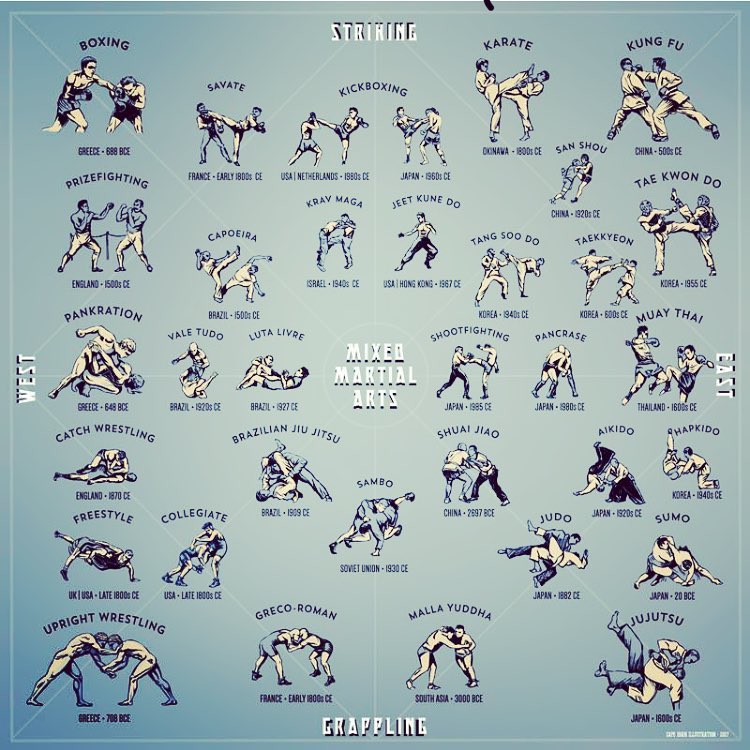Adaptability Is Crucial In Martial Arts Education
Adaptability Is Crucial In Martial Arts Education
Blog Article
Material By-Becker Haslund
Did you know that versatility plays a critical function in fighting styles training?
As a matter of fact, a study performed by the International Journal of Sports Physical Treatment disclosed that over 80% of martial artists battle with minimal adaptability.
However why is versatility so vital? Well, it not just boosts your efficiency and technique but likewise minimizes the threat of injuries.
So, if you're looking to take your fighting styles abilities to the next level and remain injury-free, you'll definitely wish to keep reading.
Advantages of Adaptability in Fighting Style
Versatility in martial arts brings numerous benefits to experts, permitting you to enhance your performance and reduce the threat of injury. By boosting your versatility, you increase your series of activity, enabling you to carry out methods with greater accuracy and performance.
This enhanced agility and fluidity in your movements can provide you a competitive edge, enabling you to react quicker and adjust to different scenarios during sparring or competitions. Furthermore, enhanced flexibility helps to prevent injuries by boosting muscular tissue elasticity and joint movement.
It permits your body to relocate extra openly, reducing the pressure on your muscular tissues and tendons. This, in turn, minimizes the chances of sprains, strains, and muscle mass pulls. By including versatility training into your fighting styles method, you not just boost your efficiency yet also safeguard your physical health.
Techniques to Enhance Flexibility
To improve your flexibility in fighting styles, you can integrate various extending exercises into your training routine.
One effective method is vibrant extending, which involves moving with a full range of movement to warm up your muscular tissues and boost versatility. Instances include leg swings, arm circles, and trunk turnings.
One more method is static stretching, where you hold a stretch for a continual amount of time. john bishop kajukenbo assists extend and relax your muscle mass, improving versatility with time. Common fixed go for fighting styles include the butterfly stretch, hindering stretch, and shoulder stretch.
In https://www.baltimoresun.com/maryland/harford/harford-magazine/bs-mg-ha-empire-dojo-20221109-leiicdvhjnh7rigcobw6oz3nxa-story.html , incorporating yoga or Pilates right into your training can also considerably enhance your versatility.
informative post in mind to always heat up before stretching and pay attention to your body to prevent injury.
Flexibility Educating for All Ability Levels
As you progress in your fighting styles training, improving your flexibility comes to be crucial for enhancing your general efficiency. Versatility training isn't only valuable for innovative practitioners yet also for beginners and intermediate students.
No matter your skill level, including versatility exercises into your training routine will certainly help you establish a variety of motion, avoid injuries, and improve your method execution.
For novices, adaptability training can help improve your kind and posture, permitting you to do activities correctly and successfully. Intermediate experts can make use of versatility training to further increase their variety of movement and boost their fluidness in implementing complicated methods. Advanced students can take advantage of flexibility training by keeping and fine-tuning their existing adaptability, enabling them to execute advanced actions easily.
Conclusion
In conclusion, embracing adaptability in your fighting styles training is extremely important. By integrating methods to enhance flexibility, you can improve your performance and avoid injuries.
Remember, 'A versatile body is a resistant body.' So, maintain pushing your limits, extending consistently, and profit of a supple and dexterous physique.
